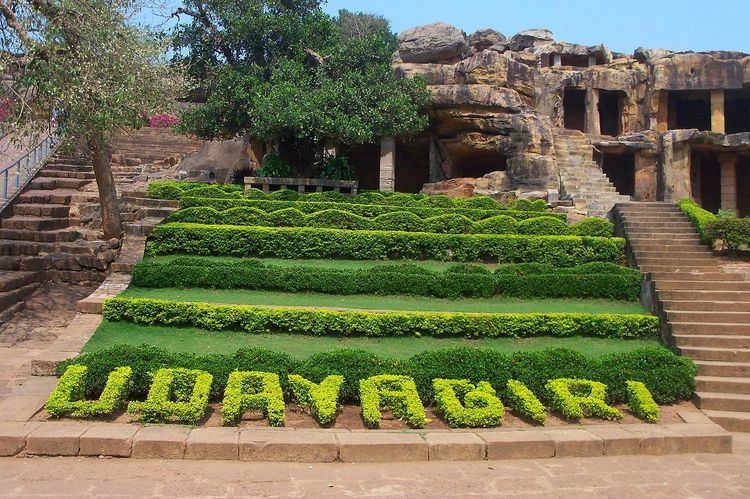Capital Not specified Government Monarchy Historical era Classical India | Religion Jainism King Vriddharaja Established c. 250s BC | |
 | ||
Similar Satavahana dynasty, Chalukya dynasty, Paramara dynasty | ||
The Mahameghavahana dynasty (Mahā-Mēgha-Vāhana, c. 250s BC to 5th century CE) was an ancient ruling dynasty of Kalinga (modern-day Odisha state) after the decline of the Maurya Empire. The third ruler of the dynasty, Kharavela is known by his Hathigumpha inscription.
Although religiously tolerant, Kharavela patronised Jainism.
Architecture
Udayagiri and Khandagiri Caves is the most prominent example of Mahameghavahana dynasty work. These caves were built in 2nd Century BCE during the rule of King Kharavela. Udayagiri means "Sunrise Hill" and has 18 caves while Khandagiri has 15 caves. The Hathigumpha cave ("Elephant Cave") has the Hathigumpha inscription, written by Raja Kharavela, the king of Kalinga in India, during the 2nd century BCE. The Hathigumpha inscription consists of seventeen lines incised in deep cut Brahmi letters starting with Jain Namokar Mantra. In Udayagiri, Hathigumpha (cave 14) and Ganeshagumpha (cave 10) are especially well known due to art treasures of their sculptures and reliefs as well as due to their historical importance. Rani ka Naur (Queen's Palace cave, cave 1) is also an extensively carved cave and elaborately embellished with sculptural friezes. Khandagiri offers a fine view back over Bhubaneswar from its summit. The Ananta cave (cave 3) depicts carved figures of women, elephants, athletes, and geese carrying flowers.
